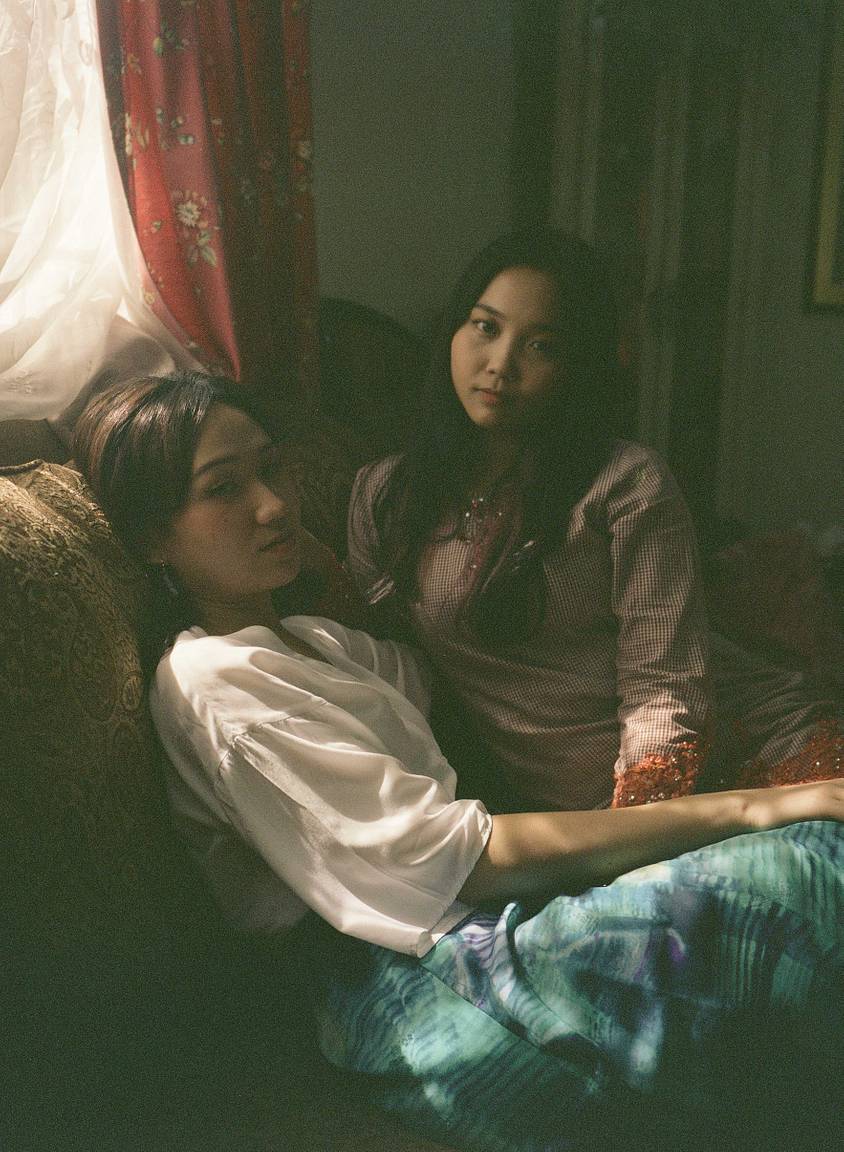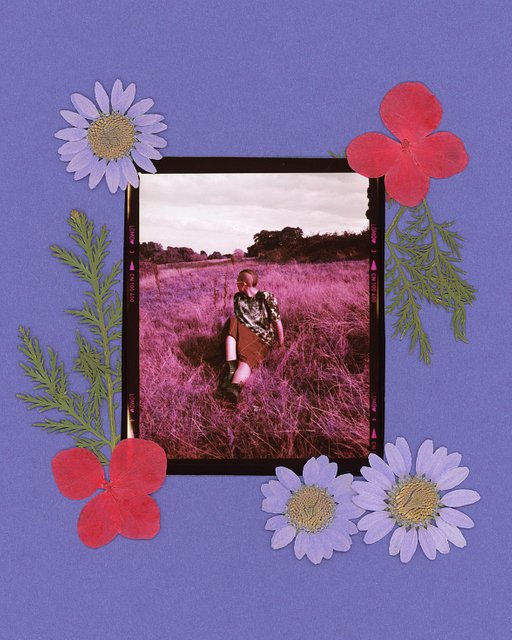Smooth Tones and Sharp Frames: A Love Letter to 120 Film
2 9 Share TweetWhen we start shooting film, most of us begin with 35 mm cameras. It makes sense – with the abundance of cheap cameras available and enough exposures on a roll of film to allow you to make some mistakes while you learn. But after some time you may want to take your photography to new places, so why not step into the fascinating world of 120 format film.
The prospect of 120 film may seem daunting at first. Everything is immediately different, from the moment you unpack that first film from its foil wrapping, and look down at the roll with no familiar canister or even sprocket holes. Every medium format camera also seems to be different, each with their own unique methods of loading and shooting.
Finding your way with medium format can even be a frustrating process at times. You want to follow Lomography’s mantra - don’t think just shoot! But suddenly with a 120 film camera in your hands all you can do is think about every step of the process – from composing with a new frame size, to double checking each setting, and all the time incredibly aware of the finite number of shots on a roll of 120 film. In the beginning there may be moments of despair as you realise you loaded the film incorrectly and lost a whole roll.
But gradually, as you begin to master the new format, the true beauty and benefits of 120 film begin to emerge.
We often talk about how film photography slows us down in a fast-paced age of digital media. This becomes even more true with medium format, as we take our time and challenge ourselves to make every shot count.
It also quickly becomes impossible not to fall in love with 120 film cameras. There’s such a wide variety of strange and beautiful medium format cameras out there. Whether you choose an iconic TLR, an old folding camera, an SLR, rangefinder, or one of Lomography’s own medium format offerings, they all have their quirks when it comes to build and function, and each are intricately designed and perfect for their own purpose.
Many of these cameras, like a Hasselblad, Mamiya or Broncia, have modular designs with interchangeable lenses, viewfinders, winders, and film backs. Being able to switch out the film back can be particularly transformative to your photography practice. It gives you freedom to switch out film half way through shooting a roll, so you can make changes during a day of shooting, from high to low ISO or color to B&W film. With interchangeable viewfinders you can also go from waist level to a more traditional viewfinder for different situations you find yourself in.
Then there’s the variable frame sizes, which is yet another quirk of medium format. 120 film gives you the ability to take different sized frames (6×4.5, 6×6, 6×7 or 6x9) depending on the camera you’re using.
All of these new options are suddenly available to you with 120 that do not exist in the world of 35 mm, opening up new possibilities for your photography.
But of course often the main motivation for photographers to shoot 120 film is simply the image quality. The smooth grain and stark separation between the subject and background is unparalleled. Put simply, the larger size of the film allows for higher resolution and greater detail in the final images. When you take a look at your first photos taken with 120, you immediately notice the difference.
This can be especially advantageous if you plan to create large prints of your images. It also gives photographers more freedom to crop an image substantially without losing detail. The high resolution of 120 film is what has led to its reputation as a “professional” film format. But really it’s for anyone who wants incredible image quality, with plenty of detail in highlights and shadows, and smooth transitions between the tones.
The undeniable sacrifice of 120 film is fewer photos per roll. Depending on the frame size of your particular camera, you might have anywhere between 8 and 16 exposures per roll. As much as this may limit the spontaneity of your practice, it may also force you to approach photography in an exciting new way. If shooting with 35 mm has become second nature, 120 brings back the feeling of learning something new and challenging. As you gradually get to grips with a medium format camera, and come to understand how to best compose shots with a new frame size, you will truly get the most out of your limited exposures.
So what are you waiting for? There’s a whole world of 120 film photography to explore. Get out there, experiment and have fun with a brand new format.
Have we ignited a curiosity for medium format photography? If so, dive in with our selection of 120 film and cameras available on our online store.
written by alexgray on 2023-10-18 #gear #culture #medium-format #120-film #diana-f #lomo-lc-a-120 #in-depth





































2 Comments